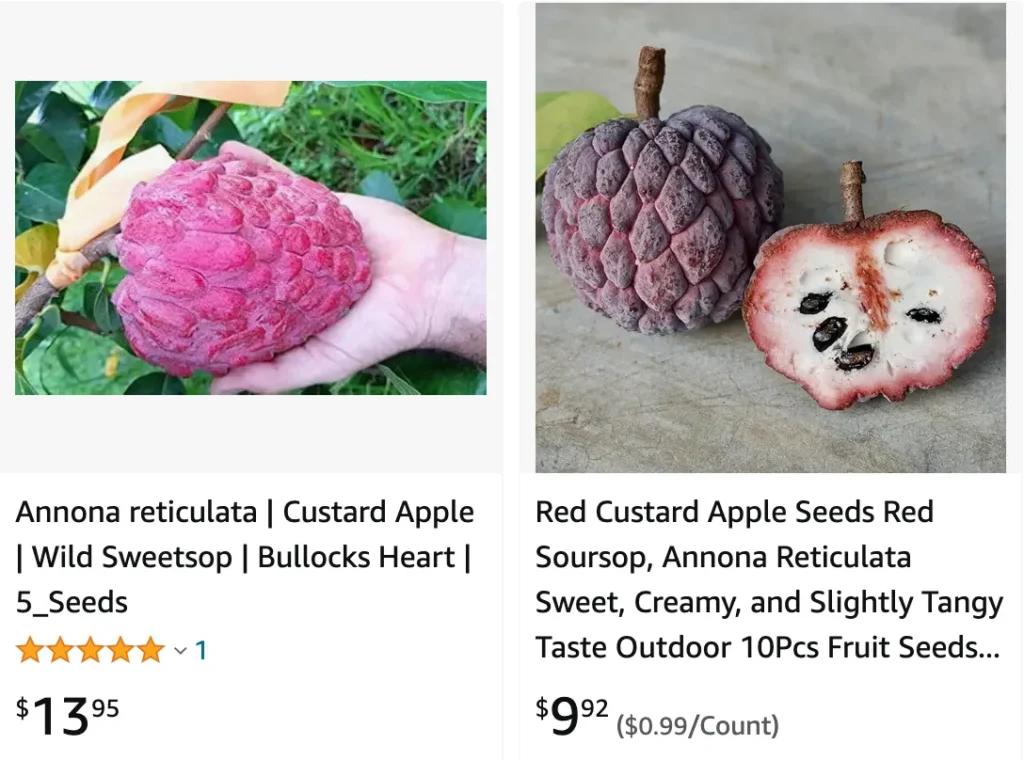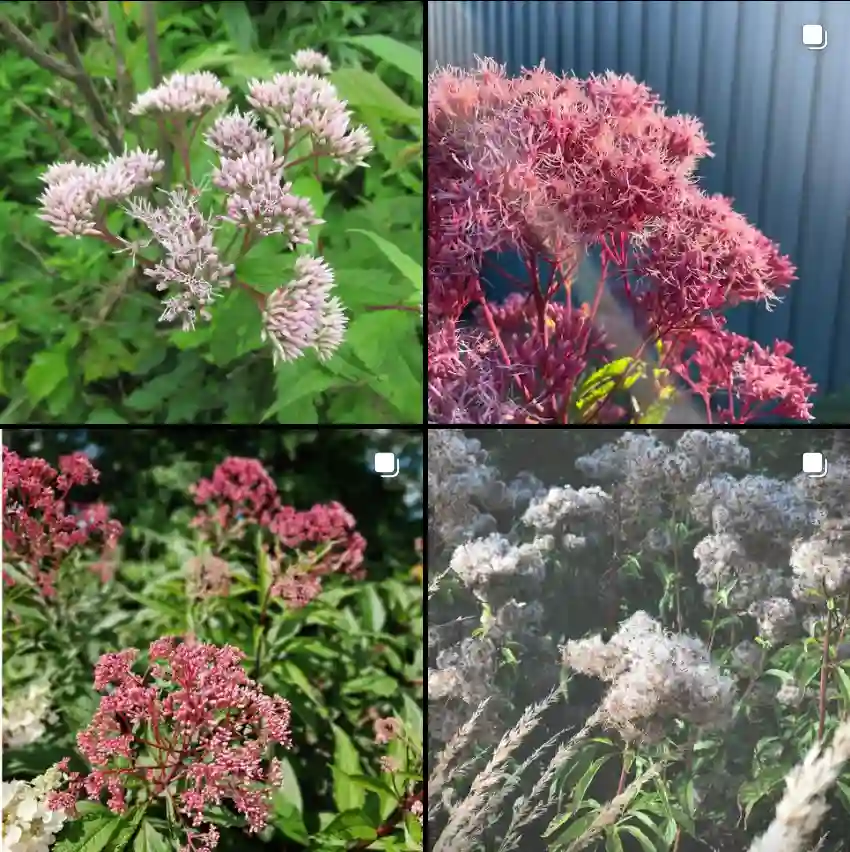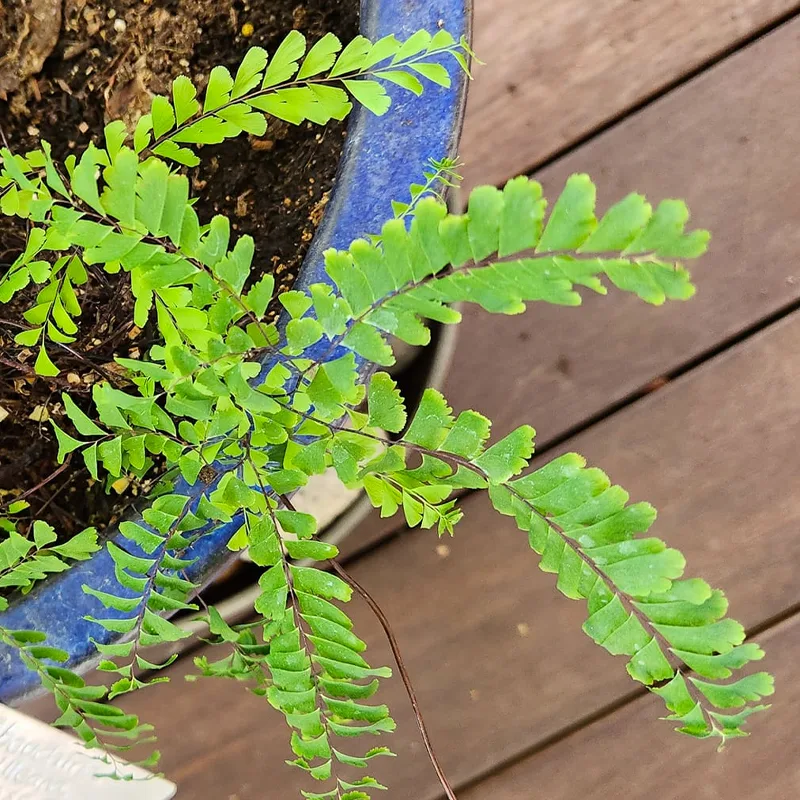
All About Annona Reticulata: The Custard Apple You Need to Know
Hi, I’m Ferb Vu, and I’re passionate about unique and delicious fruits. Today, we’re diving into the fascinating world of Annona reticulata, also known as the custard apple.
This tropical wonder has captivated taste buds for centuries, and for good reason. But with so many exotic fruits out there, Annona reticulata can be shrouded in mystery. Fear not, fruit enthusiasts! This FAQ will be your one-stop guide to everything custard apple.
173 Species in Genus Annona
What is Annona Reticulata?
Annona reticulata belongs to the Annonaceae family, also known as the custard-apple or soursop family. It’s a small evergreen tree native to the tropical regions of the Americas, particularly the Andes. The star of the show, of course, is the fruit itself.
The custard apple is heart-shaped, with a bumpy, brown or reddish-brown exterior. Don’t be fooled by its rough appearance – inside lies a creamy, custard-like flesh with a sweet, aromatic flavor. Black, glossy seeds are scattered throughout the flesh.
How Does Annona Reticulata Taste?
The taste of Annona reticulata is truly unique. Imagine a creamy blend of banana, pineapple, and papaya with a hint of citrus. Some describe it as having a subtle cheese-like aftertaste. Its texture is smooth and custard-like, living up to its name.
The sweetness level can vary depending on the ripeness. When perfectly ripe, the fruit yields to gentle pressure and has a fragrant aroma. Unripe custard apples are quite tart and best avoided.
How to Eat Annona Reticulata?
Eating an Annona reticulata is a simple yet delightful experience. Here’s how:
- Ripeness Check: Gently press the fruit. If it yields slightly, it’s ripe and ready to eat.
- Cut and Scoop: Cut the fruit in half and discard the black seeds.
- Enjoy! Scoop out the creamy flesh with a spoon and savor the unique flavor.
You can also use custard apple flesh in smoothies, ice cream, or even pies for a tropical twist on your favorite desserts.
Pro Tip: The brown skin is not edible.
What are the Health Benefits of Annona Reticulata?
Annona reticulata is gaining popularity for its potential health benefits. Studies suggest it may possess:
- Antioxidant Properties: The fruit is rich in antioxidants, which can help protect your cells from damage.
- Anti-inflammatory Effects: Some research indicates Annona reticulata may have anti-inflammatory properties.
- Digestive Support: The high fiber content in the fruit can aid digestion.
Important Note: While these benefits are promising, more research is needed to confirm their efficacy.
Annona Reticulata vs. Other Fruits: A Taste of the Tropics
Annona reticulata shares some similarities with other tropical fruits, but it also boasts its own unique character. Here’s a quick comparison:
- Cherimoya: Often called the “poor man’s custard apple,” cherimoya has a milder sweetness and a creamier texture compared to Annona reticulata.
- Soursop (Graviola): A close relative, soursop has a tangier, more acidic flavor than Annona reticulata.
- Sugar Apple: This fruit has a smoother, more delicate sweetness compared to the custard apple’s complex flavor profile.
Ultimately, the best fruit for you depends on your personal taste preference. But if you’re looking for a unique and flavorful tropical treat, Annona reticulata is definitely worth trying.
Where to Find Annona Reticulata?
Finding Annona reticulata can be a bit of a challenge depending on where you live. It’s more common in tropical and subtropical regions where it’s grown commercially.
- Specialty Grocery Stores: Some Asian or Latin American grocery stores may carry custard apples.
- Online Retailers: Certain online retailers specialize in exotic fruits and might offer Annona reticulata.
- Farmer’s Markets: If you live in a region with a vibrant farmer’s market scene, keep an eye out for custard apples during the growing season.
Be prepared to pay a premium for this unique fruit, as its availability can be limited.
How to Grow Annona Reticulata?
If you have a warm climate and a green thumb, you can try growing your own Annona reticulata tree. Here are some basic pointers:
- Climate: The tree thrives in warm, frost-free climates with plenty of sunshine.
- Soil: Plant it in well-draining, fertile soil.
- Watering: Water regularly, especially during the first few years of establishment. However, be mindful of overwatering, as the tree can be susceptible to root rot.
- Propagation: Annona reticulata can be propagated from seeds or stem cuttings. Seedlings take longer to mature and may not produce fruit identical to the parent tree. Grafting onto existing rootstock is a more reliable method for replicating desired traits.
Important Note: While the fruit itself is considered safe for consumption, all other parts of the Annona reticulata tree, including the leaves, seeds, and bark, are considered toxic and should not be ingested.
Growing your own custard apple tree can be a rewarding experience, but it requires patience and the right conditions. If you’re not in a tropical climate, fear not! The unique flavor of Annona reticulata is still within reach with a little shopping savvy.
If i die, water my plants!



